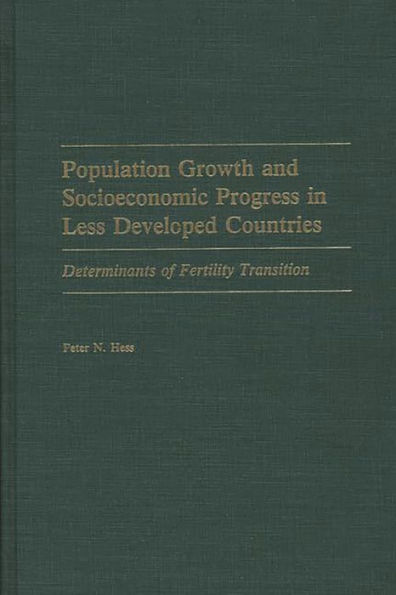5
1

Population Growth and Socioeconomic Progress in Less Developed Countries: Determinants of Fertility Transition
184
Population Growth and Socioeconomic Progress in Less Developed Countries: Determinants of Fertility Transition
184Hardcover
$95.00
95.0
In Stock

Product Details
| ISBN-13: | 9780275929794 |
|---|---|
| Publisher: | Bloomsbury Academic |
| Publication date: | 10/06/1988 |
| Pages: | 184 |
| Product dimensions: | 6.14(w) x 9.21(h) x 0.50(d) |
| Lexile: | 1500L (what's this?) |
About the Author
From the B&N Reads Blog
